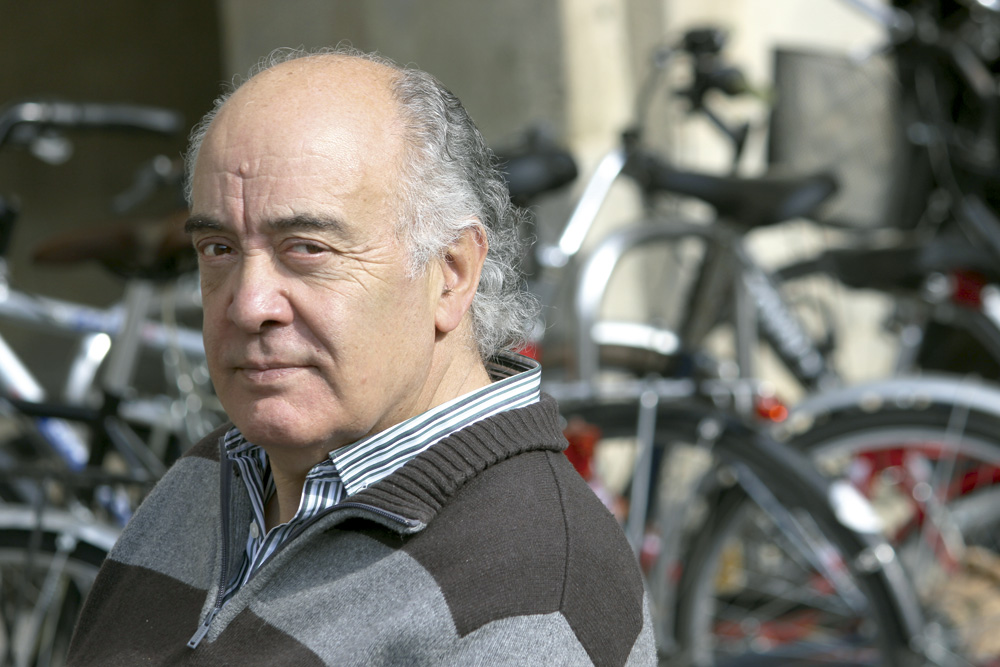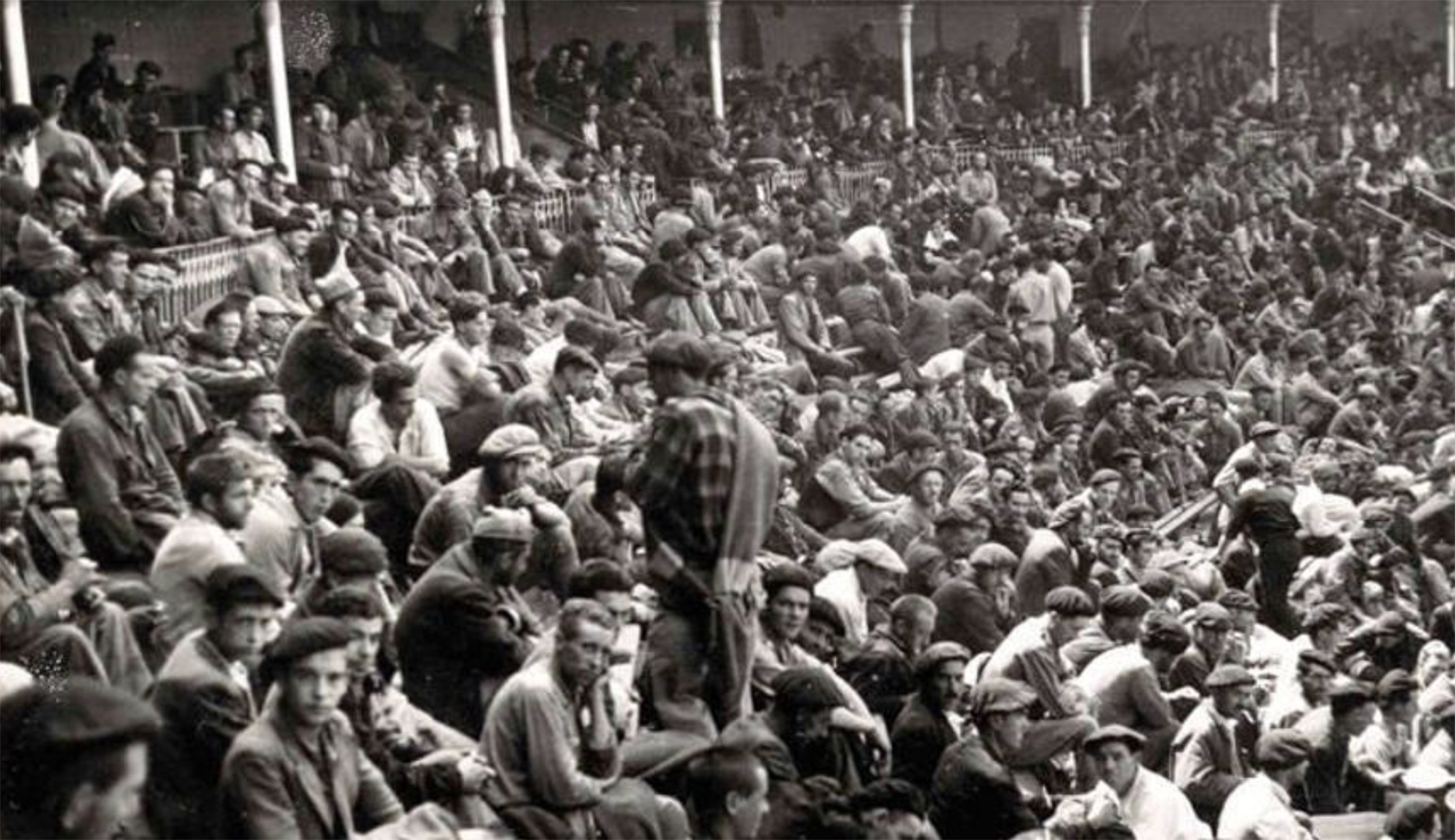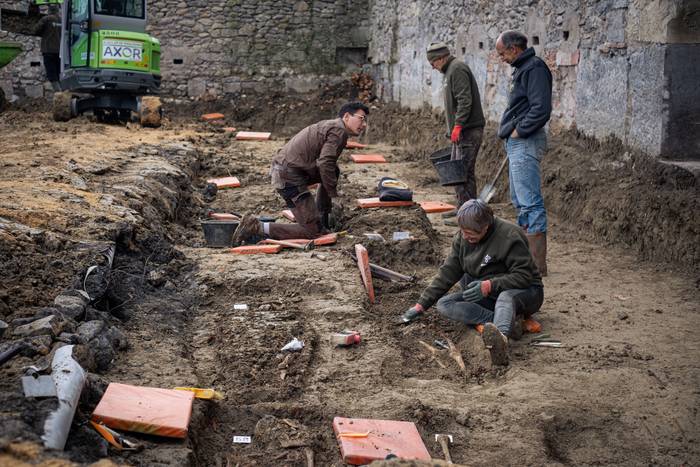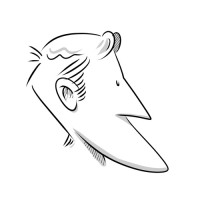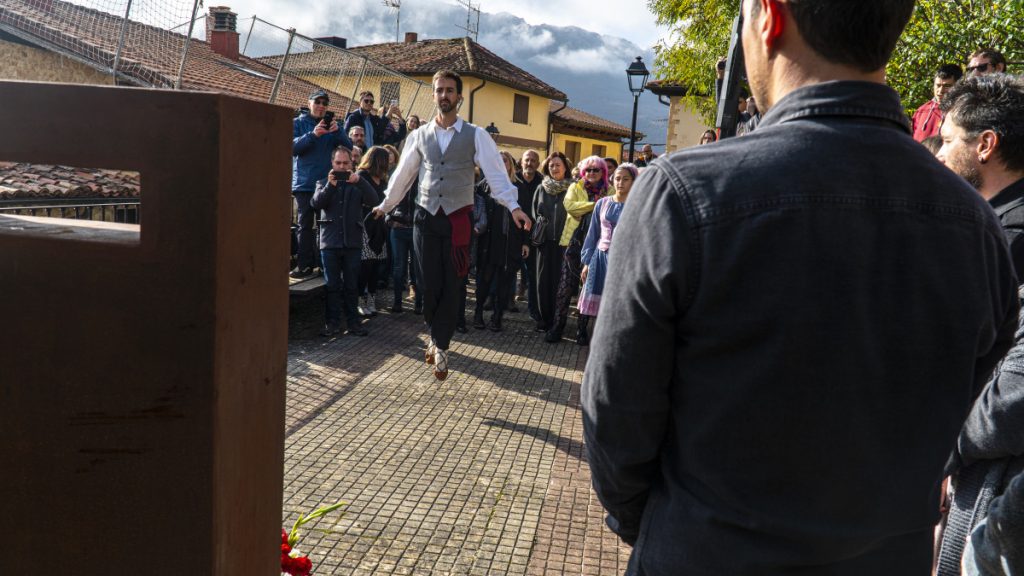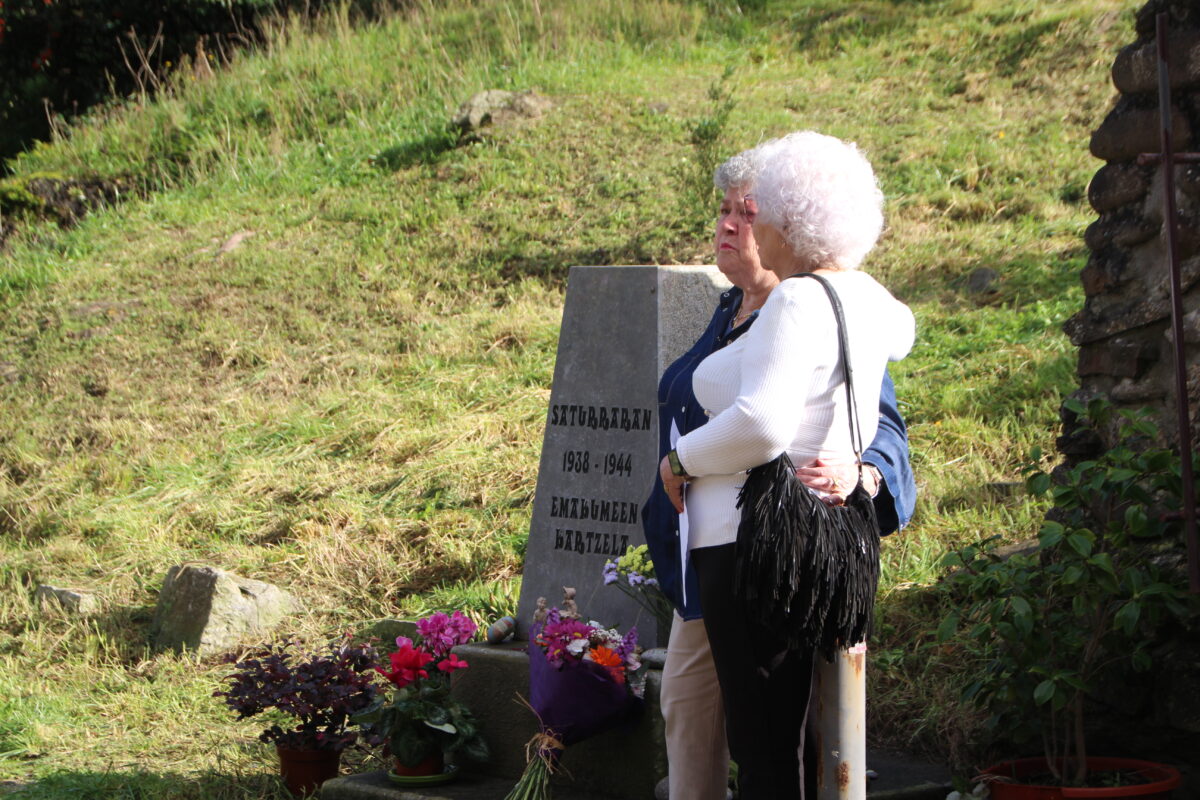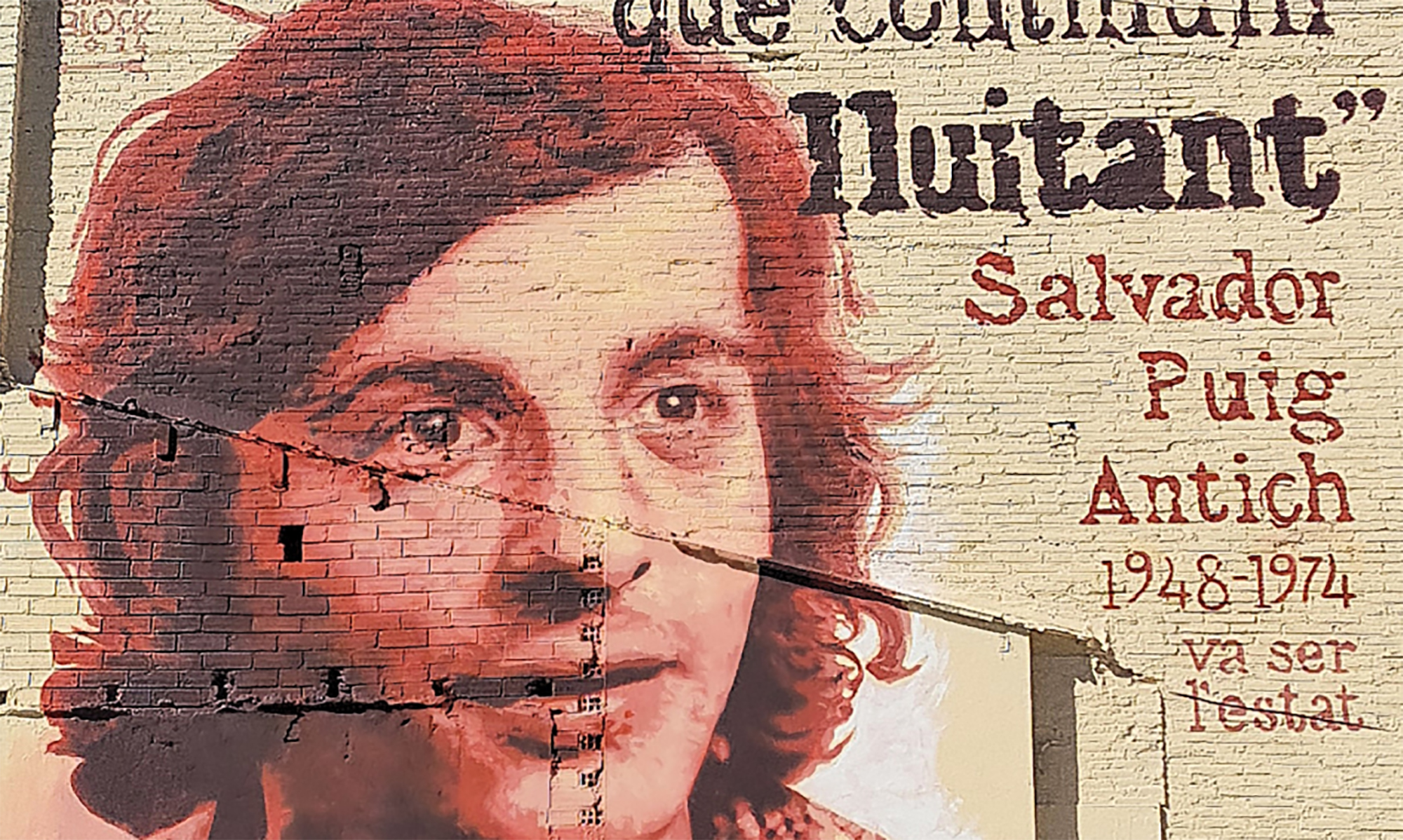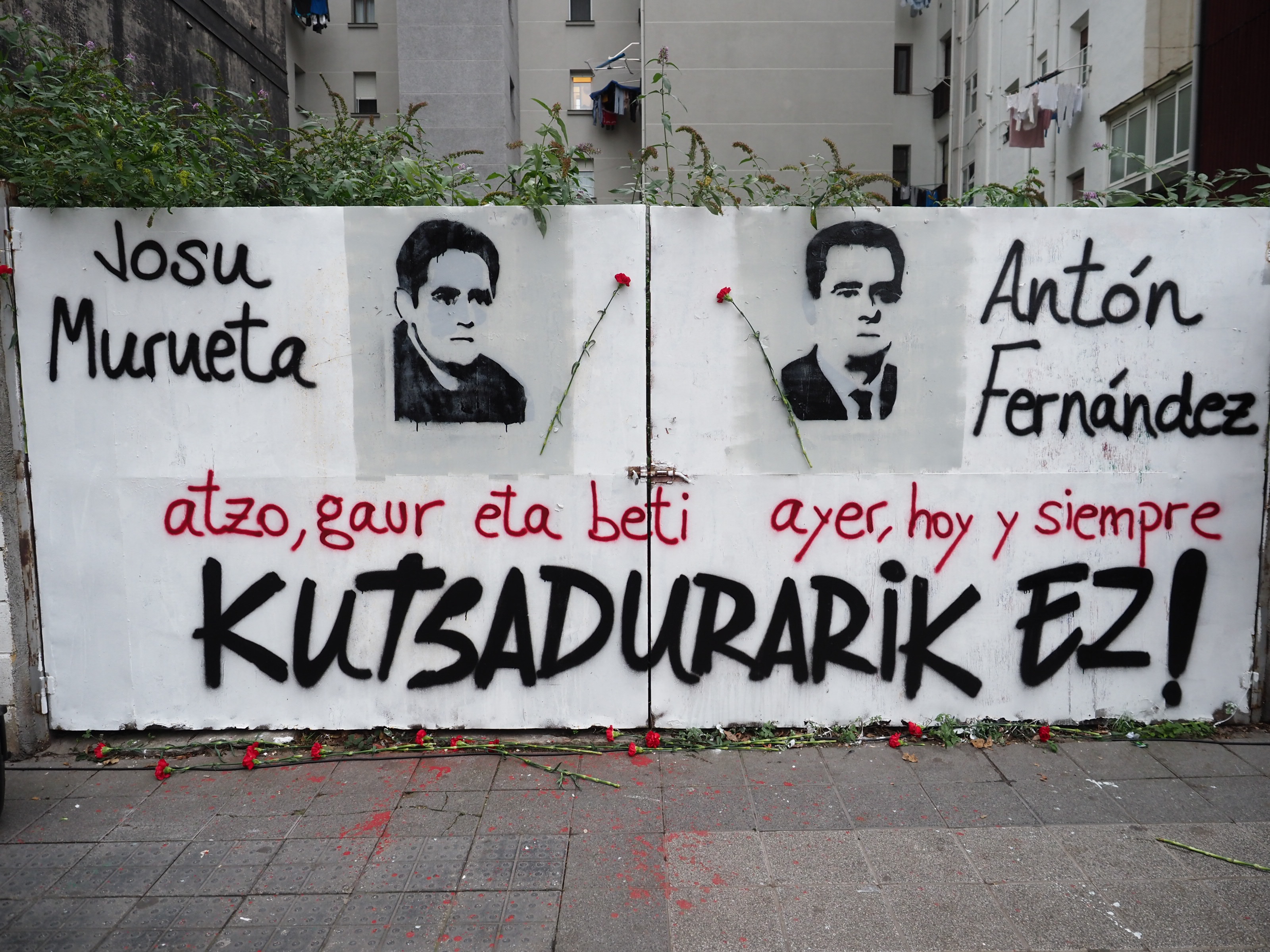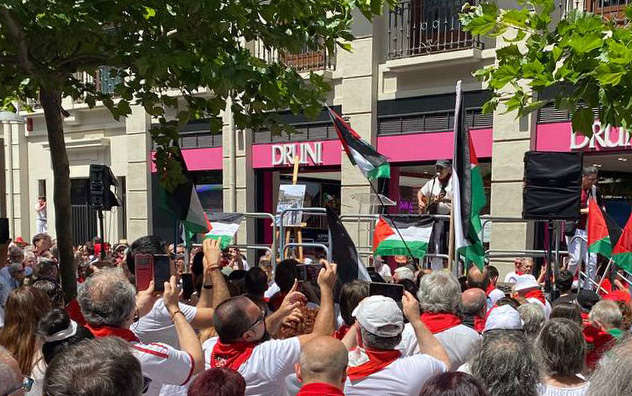With you Navarra denounces the appearance of Francoist symbols on the streets of Corella
- The coalition With You Navarre has denounced the placement of Francoist symbols in front of a shop opened by a family of migrants and migrants in Navarre. The data has been transferred to the Public Prosecutor’s Office, which could be behind a banner in which a possible hate crime was read.

“Every day the symbol is placed and it is removed every day,” said With You parliamentarian Carlos Guzmán at the Palacio de Justicia de Navarra, “it is a poster of over a meter and a half with the Falange symbol, which began to be placed in mid-June in front of the place where a family of immigrants has opened the shop.” The left-wing coalition has described what is happening in Corella as very serious: “It’s no coincidence that the symbol appears in front of this store, and we think we can be faced with a crime of harassment and hatred.” Guzman, in addition, has been established in the Law of Historical Memory: “In 1936, Francoists and Phalangists killed at least 88 Corella neighbors, it is incomprehensible to see street signs with the symbol of the phalanx.”
Pamplona, 1939. At the beginning of the year, the bullring in the city was used as a concentration camp by the Francoists. It was officially capable of 3,000 prisoners of war, at a time when there was no front in Navarre, so those locked up there should be regarded as prisoners... [+]
This text comes two years later, but the calamities of drunks are like this. A surprising surprise happened in San Fermín Txikito: I met Maite Ciganda Azcarate, an art restorer and friend of a friend. That night he told me that he had been arranging two figures that could be... [+]
The Dual sculpture, placed on Ijentea Street, was inaugurated on May 31, 2014 in tribute to the 400 Donostiarras executed by the Franco regime during the coup d'état of 36 and the subsequent war. It was an emotional act, simple, but full of meaning. There they were relatives and... [+]









